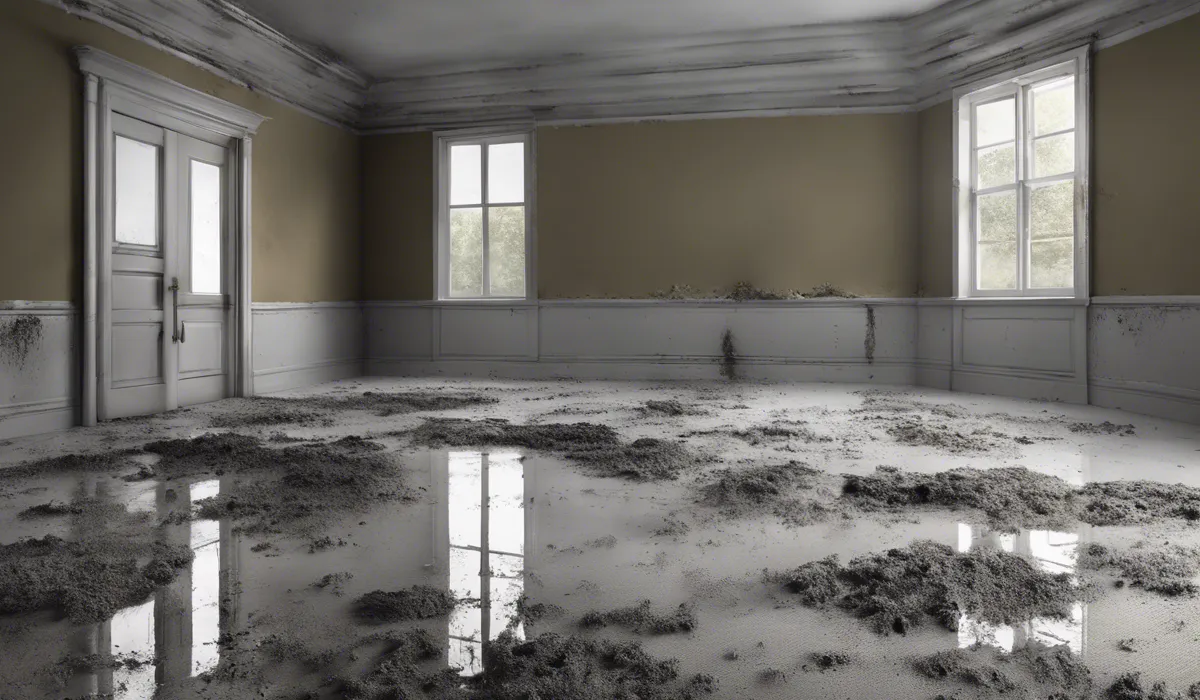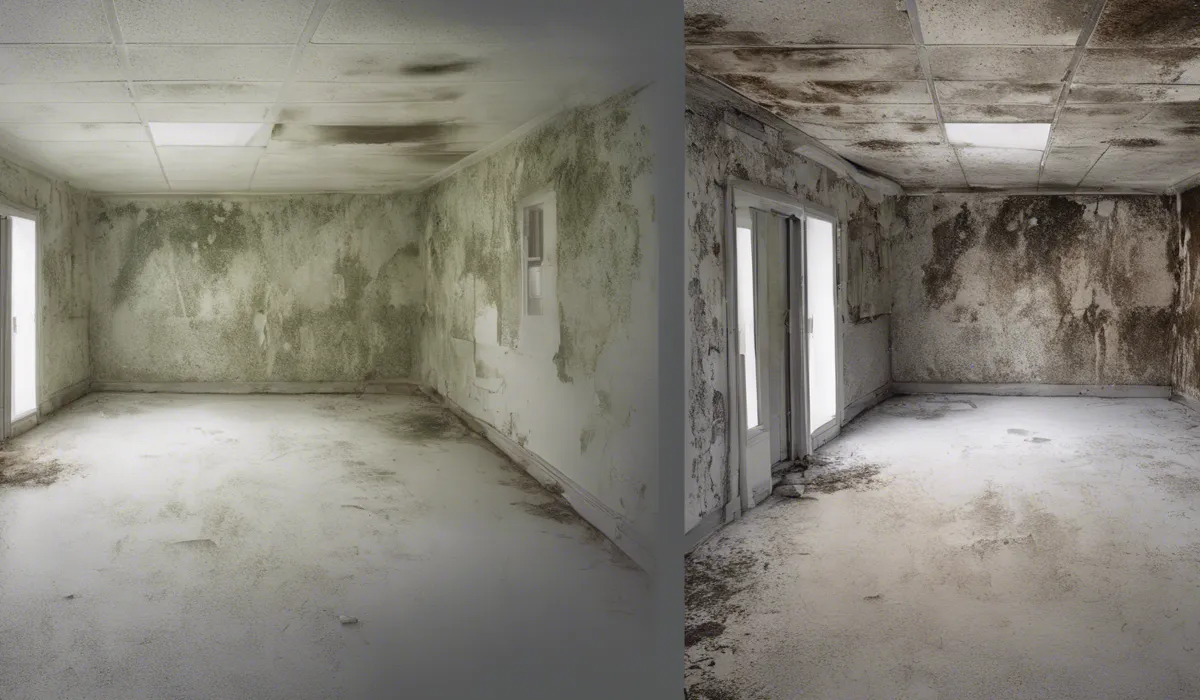Mold can reappear after remediation if the underlying moisture issues aren’t resolved. Ensuring a dry environment and addressing leaks promptly are crucial to prevent recurrence.
Understanding Mold Remediation

Definition of Mold Remediation
Mold remediation is a thorough process aimed at resolving mold issues within a building. It involves identifying, containing, and removing mold growth, as well as cleaning and disinfecting the affected areas.
Remediation is more than just a quick fix; it’s a comprehensive approach to dealing with mold that ensures a healthy living or working environment.
The Mold Remediation Process
The process typically starts with an assessment to locate the mold and determine the extent of the infestation.
Professionals then use various methods to contain the mold, such as sealing off the affected areas and using air scrubbers.
After containment, the mold is removed, and the areas are cleaned with specialized solutions. Finally, the space is dried out to prevent future mold growth.
Goals of Mold Remediation
The primary goal of mold remediation is to restore a safe environment. This means removing the mold completely and ensuring that indoor air quality meets health standards.
Another goal is to preserve the integrity of the building by preventing damage that mold can cause to structures and materials over time.
Factors That Determine the Success of Mold Remediation
Success in mold remediation hinges on several factors. The expertise of the remediation team is critical, as is the thoroughness of the mold removal.
Equally important is addressing the moisture problem that led to mold growth in the first place. Without tackling these issues, mold is likely to make an unwelcome return.
Conditions That Allow Mold to Return

Incomplete Removal of Mold Sources
If the remediation process doesn’t get rid of all the mold, spores can remain dormant and reactivate when conditions are right.
It’s crucial that all sources of mold are found and eliminated to ensure it doesn’t come back.
Persistent Moisture and Humidity
Mold thrives on moisture. If the underlying issue of high humidity or persistent moisture isn’t resolved, mold will likely reappear.
It’s essential to fix leaks and manage humidity levels to maintain a mold-free environment.
Structural Issues Leading to Water Intrusion
Cracks in the foundation, roof leaks, or faulty plumbing can allow water to enter and create a haven for mold.
Even after remediation, it’s important to repair these structural issues to prevent water from coming back.
Cross-Contamination During Remediation
During the cleanup, if mold spores spread to other areas of the building, they can settle and grow anew.
Proper containment and following strict procedures during remediation are key to preventing cross-contamination.
Inadequate Ventilation and Airflow
Good ventilation helps to keep moisture levels down and prevents mold from growing. If a building lacks proper airflow, it creates pockets of stagnant air where mold can thrive.
Ensuring that ventilation systems are working correctly is essential for keeping mold at bay.
Preventing Mold Recurrence After Remediation

Ongoing Moisture Control Strategies
To prevent mold from coming back, it’s vital to maintain a dry environment. This might include using dehumidifiers, fixing leaks as soon as they occur, and ensuring that water from the outside cannot enter the building.
Importance of Proper Ventilation
Effective ventilation systems reduce moisture and limit the potential for mold growth. It’s important to check and maintain HVAC systems regularly to ensure they are providing adequate airflow throughout the building.
Use of Mold-Resistant Materials
When repairing or renovating a space, consider using mold-resistant materials like special drywall or paints that contain mold inhibitors. These materials can significantly reduce the risk of mold recurrence.
Regular Inspection and Maintenance
Regularly inspecting the building for signs of moisture and mold can catch problems early.
Establish a routine maintenance schedule that includes checking for leaks, ensuring gutters and downspouts are clear, and that the ground slopes away from the foundation.
Professional Assessments and Follow-Up
After remediation, having a professional come back to assess the effectiveness of the work is a good practice.
They can identify any areas that may need more attention and provide guidance on preventing future mold issues.
FAQs About Mold Recurrence After Remediation
Can mold come back after professional remediation?
Yes, mold can return after professional remediation if the original moisture problem that allowed the mold to grow is not properly addressed and resolved.
What are the main reasons for mold returning after remediation?
The main reasons for mold returning after remediation include persistent humidity, unresolved leaks, and improper initial mold removal processes.
How can I prevent mold from coming back after it has been remediated?
To prevent mold from returning after remediation, fix all leaks promptly, control humidity levels, and ensure proper ventilation in your home.
Is it common for mold to reappear in the same location after remediation?
It can be common for mold to reappear in the same location if the underlying moisture issues are not resolved.
What should I do if mold reappears after remediation?
If mold reappears after remediation, it’s important to reassess the area for unresolved moisture problems and hire a mold remediation specialist to address the issue.
Final Thoughts
Mold remediation is effective only when the underlying moisture problems are also addressed. Without tackling the root cause, such as leaks or humidity issues, mold is likely to return.
Maintaining a dry environment is essential for preventing mold from reappearing after it has been professionally removed.
